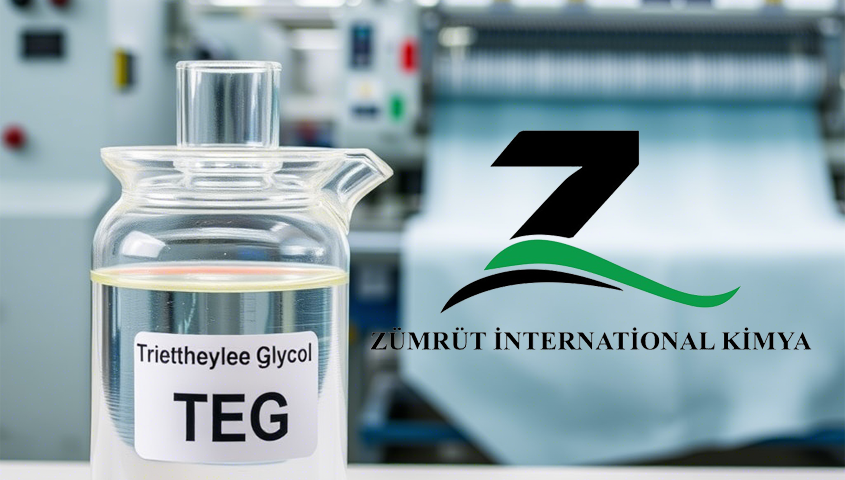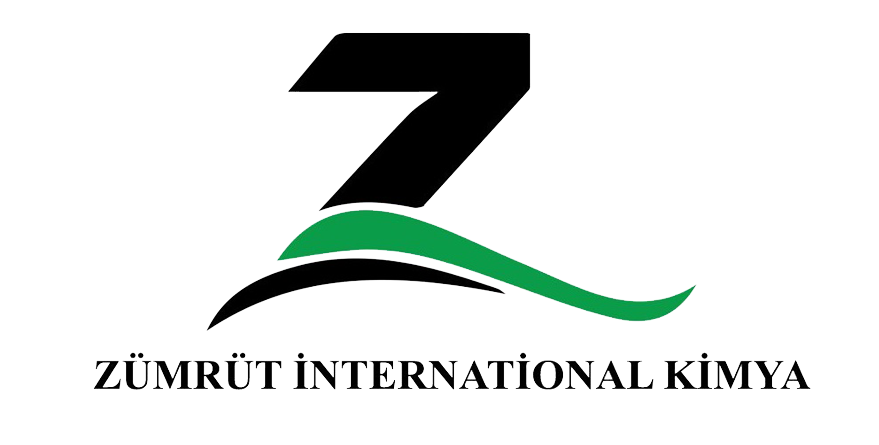Triethylene Glycol (TEG) in Textile Manufacturing

Introduction
Behind every soft, vibrant, and durable fabric lies a world of chemistry. Triethylene Glycol (TEG), a versatile chemical compound, plays a pivotal role in modern textile manufacturing. From enhancing dye quality to ensuring fabric longevity, TEG is the unsung hero that keeps production efficient and sustainable. In this article, we explore the applications, benefits, and reasons why TEG is indispensable in the textile industry.
What is Triethylene Glycol (TEG)?
Triethylene Glycol (TEG) is a colorless, odorless, and water-soluble organic compound from the glycol family. Known for its hygroscopic (moisture-retaining) properties, TEG is widely used in industries like pharmaceuticals, cosmetics, and—most notably—textiles. Its ability to regulate humidity, dissolve dyes, and act as a softening agent makes it invaluable in fabric production.
Key Applications of TEG in Textile Manufacturing
1. Moisture Control During Production
Textile manufacturing requires precise humidity levels to prevent fiber damage. TEG’s hygroscopic nature helps maintain optimal moisture in production environments, reducing static electricity and ensuring the smooth processing of natural and synthetic fibers.
2. Enhancing Dyeing and Printing
TEG acts as a dye carrier and solvent, improving the solubility of pigments. This results in vibrant, long-lasting colors with minimal waste. Its use in printing pastes also ensures sharp patterns and faster drying times.
3. Anti-Static Agent
Synthetic fabrics like polyester often generate static. TEG mitigates this by retaining moisture on fiber surfaces, enhancing safety and comfort in finished garments.
4. Softening and Finishing
TEG is a key ingredient in fabric softeners, imparting a smooth texture without compromising durability. It’s especially effective in knitwear and activewear, where flexibility is crucial.
5. Preservation and Mold Prevention
By controlling moisture in stored fabrics, TEG prevents mildew growth, extending shelf life and reducing waste during transportation.
Benefits of Using TEG in Textiles
- Efficiency: Reduces dye waste and accelerates production cycles.
- Quality: Delivers vibrant colors, softer textures, and static-free fabrics.
- Sustainability: Lowers water and energy consumption, aligning with eco-friendly practices.
Why Manufacturers Choose TEG
- Cost-Effective: Enhances process efficiency, cutting operational costs.
- Versatile: Compatible with natural and synthetic fibers.
- Safe: Non-toxic and compliant with OSHA and EPA regulations when handled properly.
Conclusion
Triethylene Glycol (TEG) is a cornerstone of modern textile manufacturing, driving innovation in dyeing, finishing, and sustainability. As the industry shifts toward greener practices, TEG’s role in reducing environmental impact will only grow. For manufacturers seeking quality and efficiency, TEG remains a trusted ally.

